









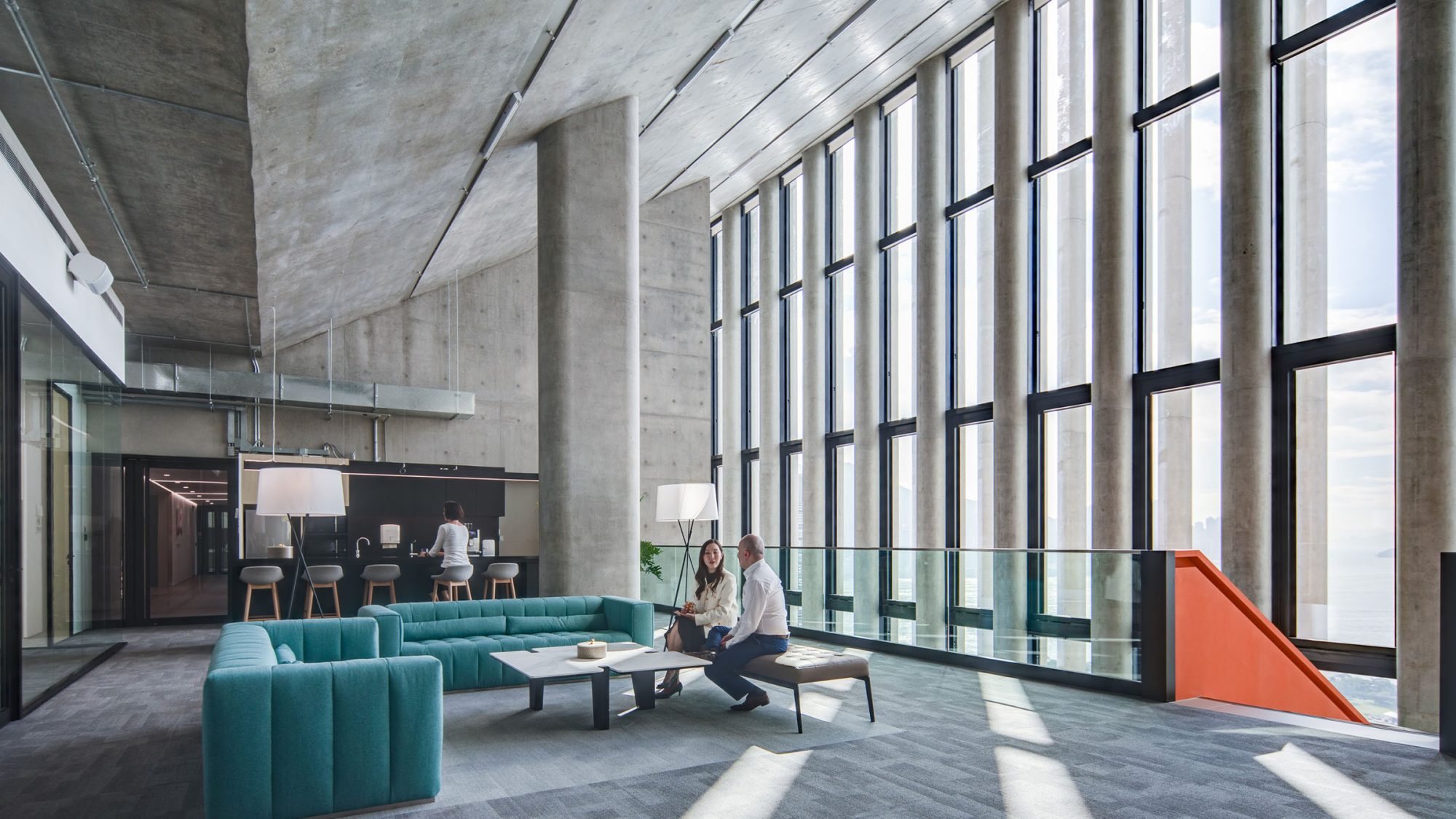 Harnessing natural light to interconnect purpose and space at PeakRe HQ, Hong Kong
Harnessing natural light to interconnect purpose and space at PeakRe HQ, Hong Kong As evolving work culture and technology continue to reshape traditional office design concepts, a significant trend is emerging: the “Emotion-Based Workplace (EBW)”. This approach puts emotional and psychological wellbeing centre stage.
By redefining the role of the workspace and creating environments that support employee emotions, we can foster a sense of belonging, support health and improve work efficiency.
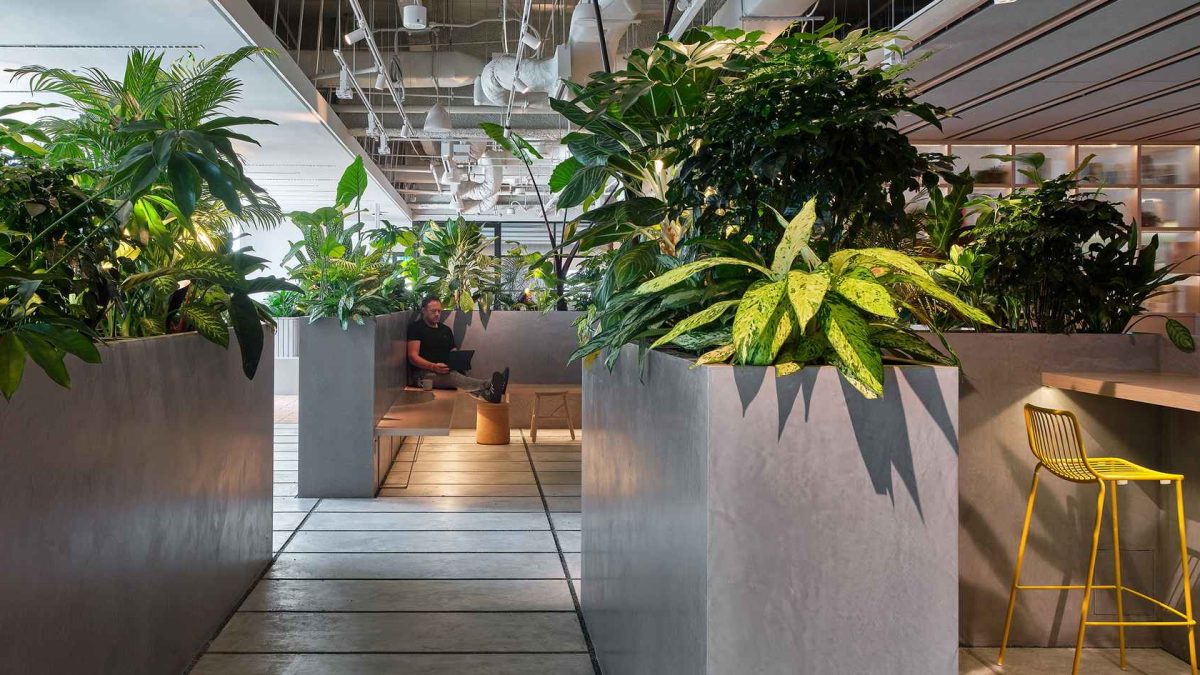 Zendesk, Singapore
Zendesk, Singapore Like it or lump it, we know that emotions directly impact our day-to-day work. People’s emotions and energy levels fluctuate, so an ideal office environment should adapt to these changes throughout the day. By offering versatile and flexible spaces, companies can support employees when they need to focus and provide places to relax when they need a break.
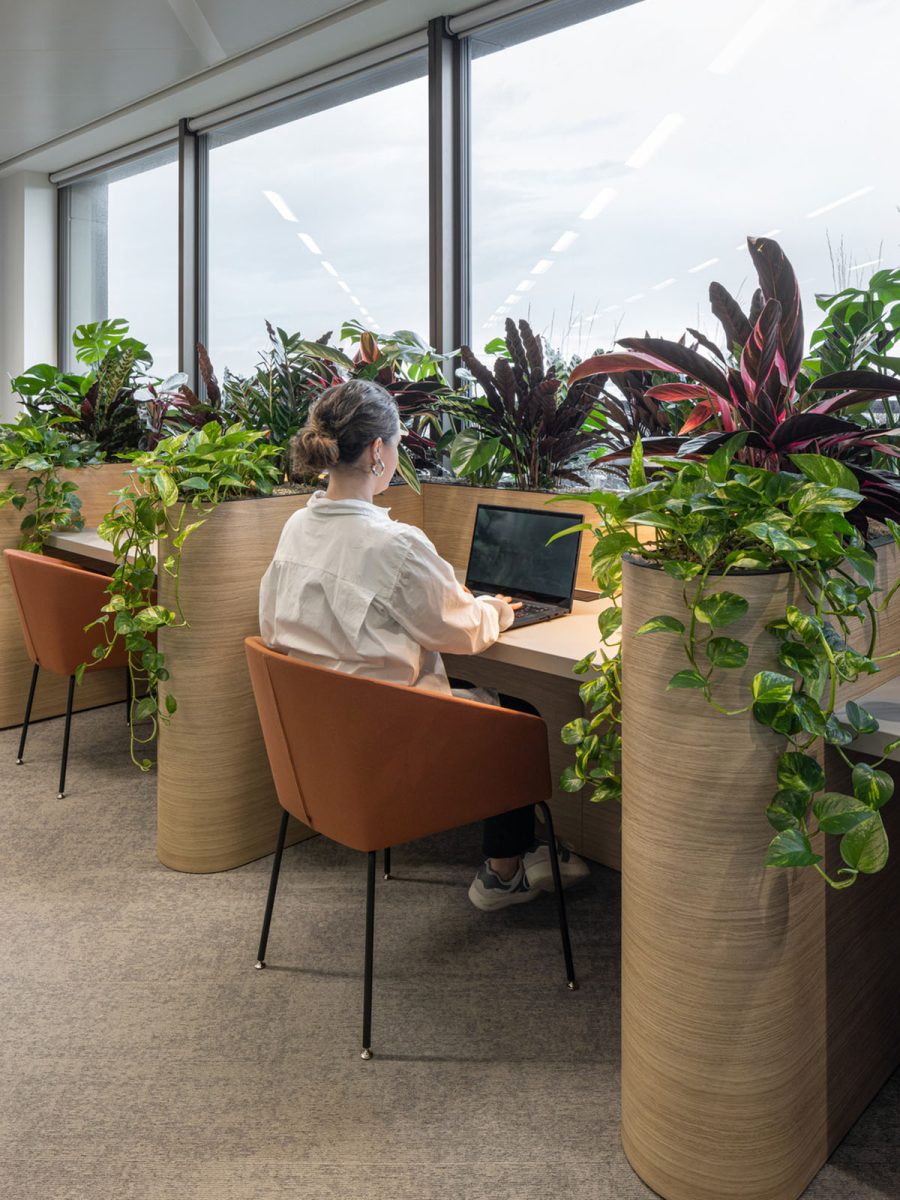 Pinsent Masons, Amsterdam
Pinsent Masons, Amsterdam 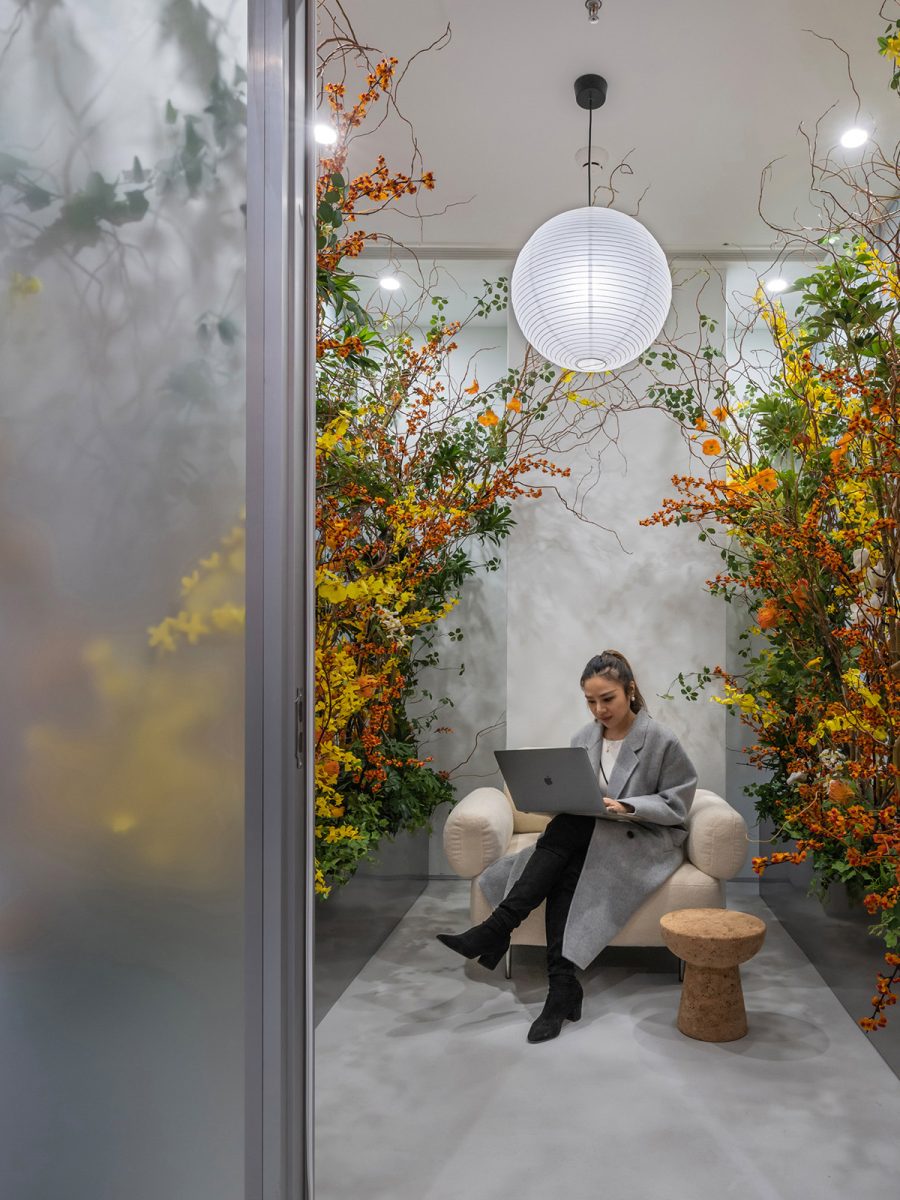 On, Shanghai
On, Shanghai This article focuses on three key aspects to consider when creating an inclusive, people-centric workplace that puts employee emotions at its core.
This includes:
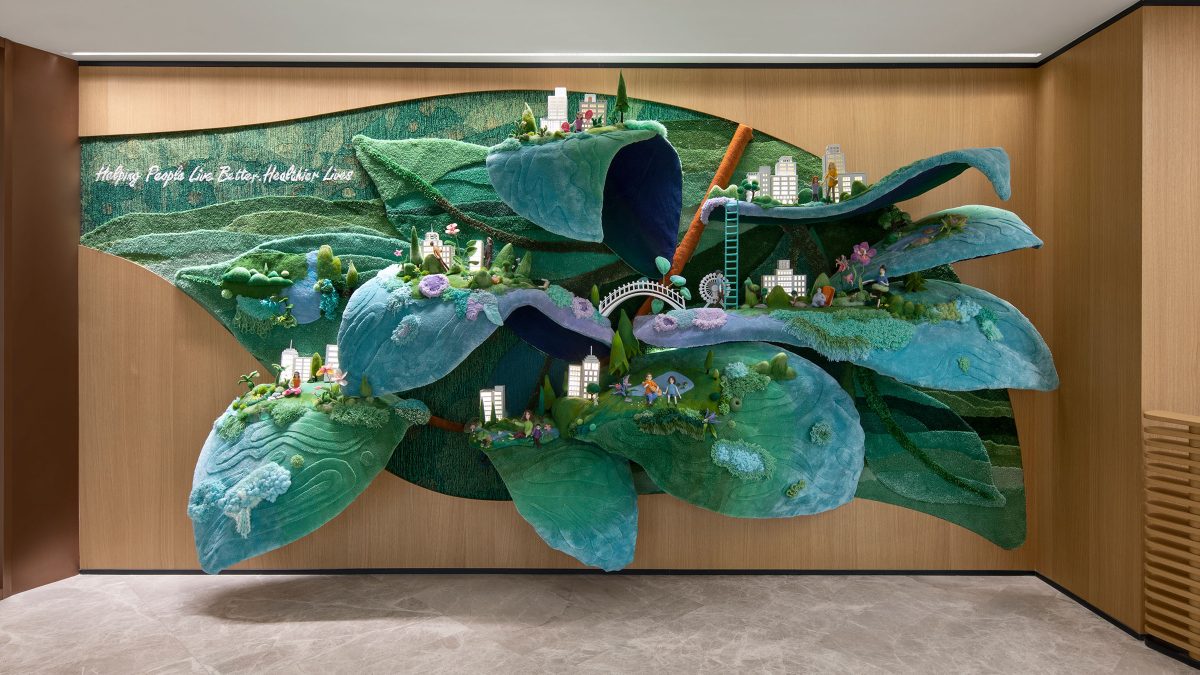 Amway, Guangzhou
Amway, Guangzhou 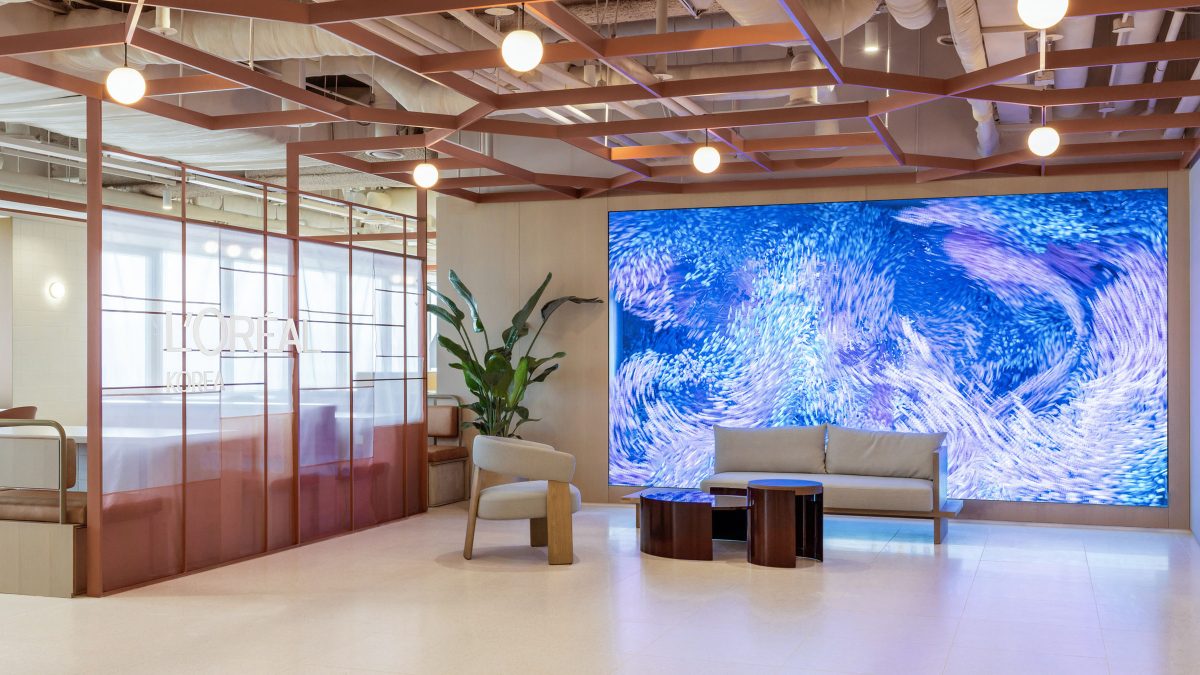 L'Oreal, Seoul
L'Oreal, Seoul As ways of working continue to diversify, particularly with the rise of remote and hybrid work, this has significantly impacted the layout and functionality of office spaces. These changes are not only practical but also closely tied to employees’ emotional needs.
Beyond changes in spatial layout, deepening brand strategies is equally crucial. By creating memorable and integrated brand experiences, businesses can celebrate their people and culture.
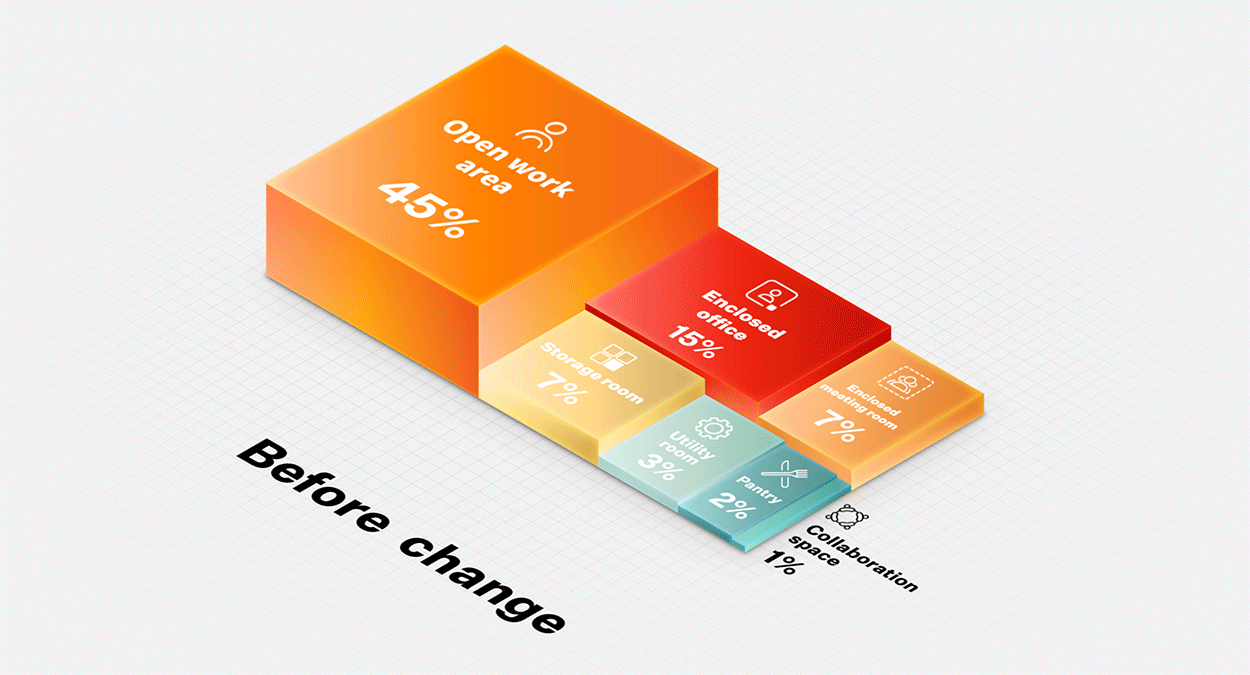 Data source: Research analysis of M Moser projects in APAC (2014-2023), excluding special functional spaces like training rooms, exhibition halls and cafeterias.
Data source: Research analysis of M Moser projects in APAC (2014-2023), excluding special functional spaces like training rooms, exhibition halls and cafeterias.
In today’s corporate environment, attracting and retaining talent has become ever more complex. As Gen Z moves into a majority in the workforce, their expectations extend beyond salary and benefits to emotional experiences and personal growth.
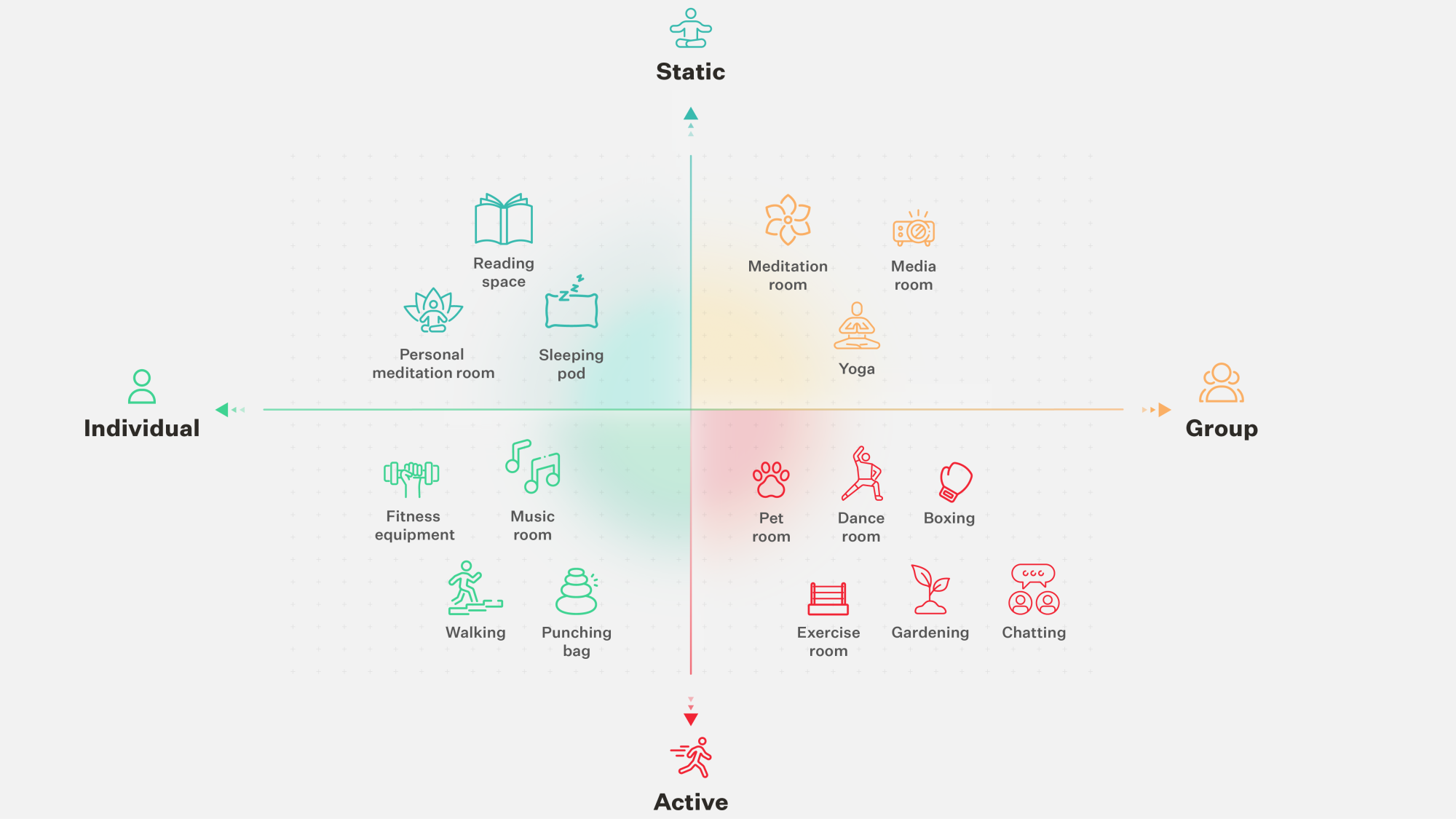
Technological advancements now enable us to use data to fine-tune elements that affect our emotions and improve overall comfort in the workplace.
Explore our Shanghai living lab in the video below to experience the emotional support of a tech-driven space.
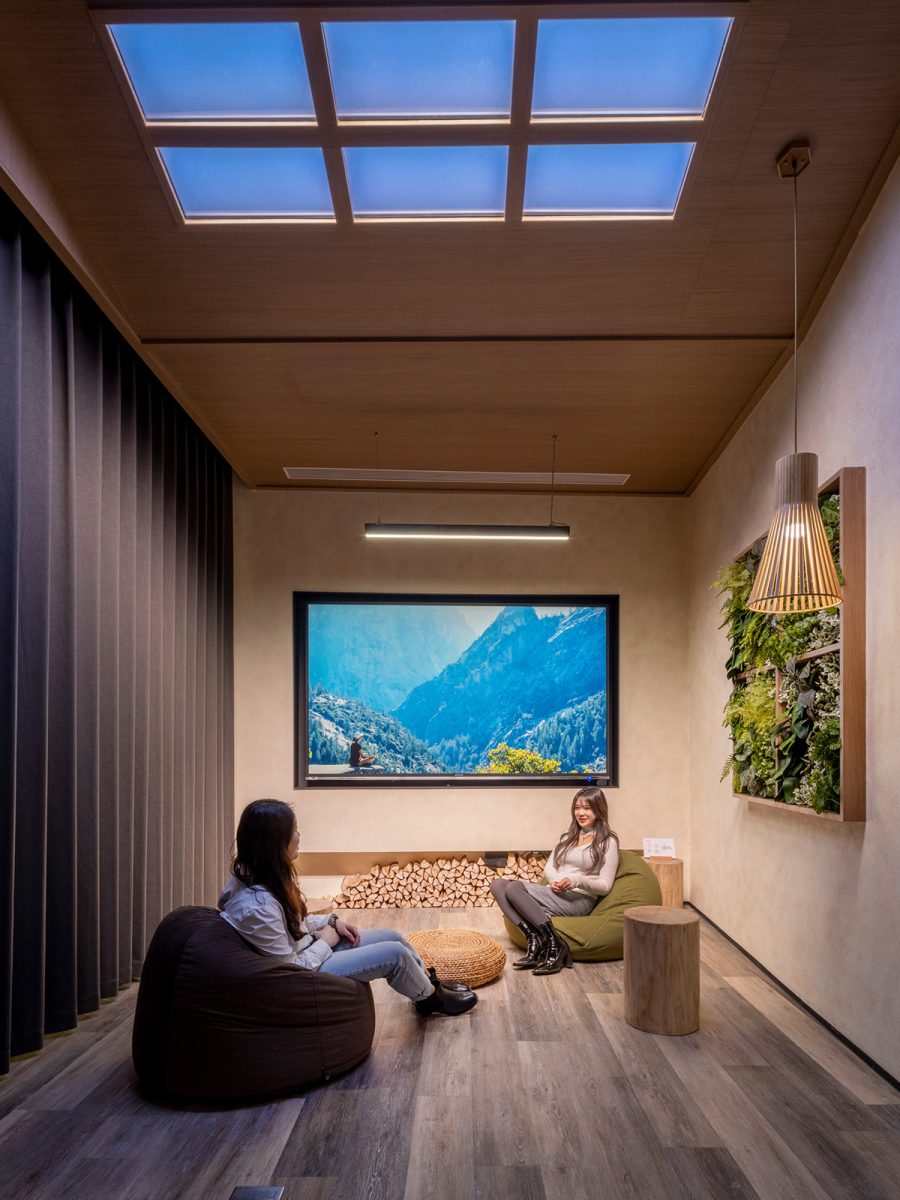 Hundsun, Hangzhou
Hundsun, Hangzhou 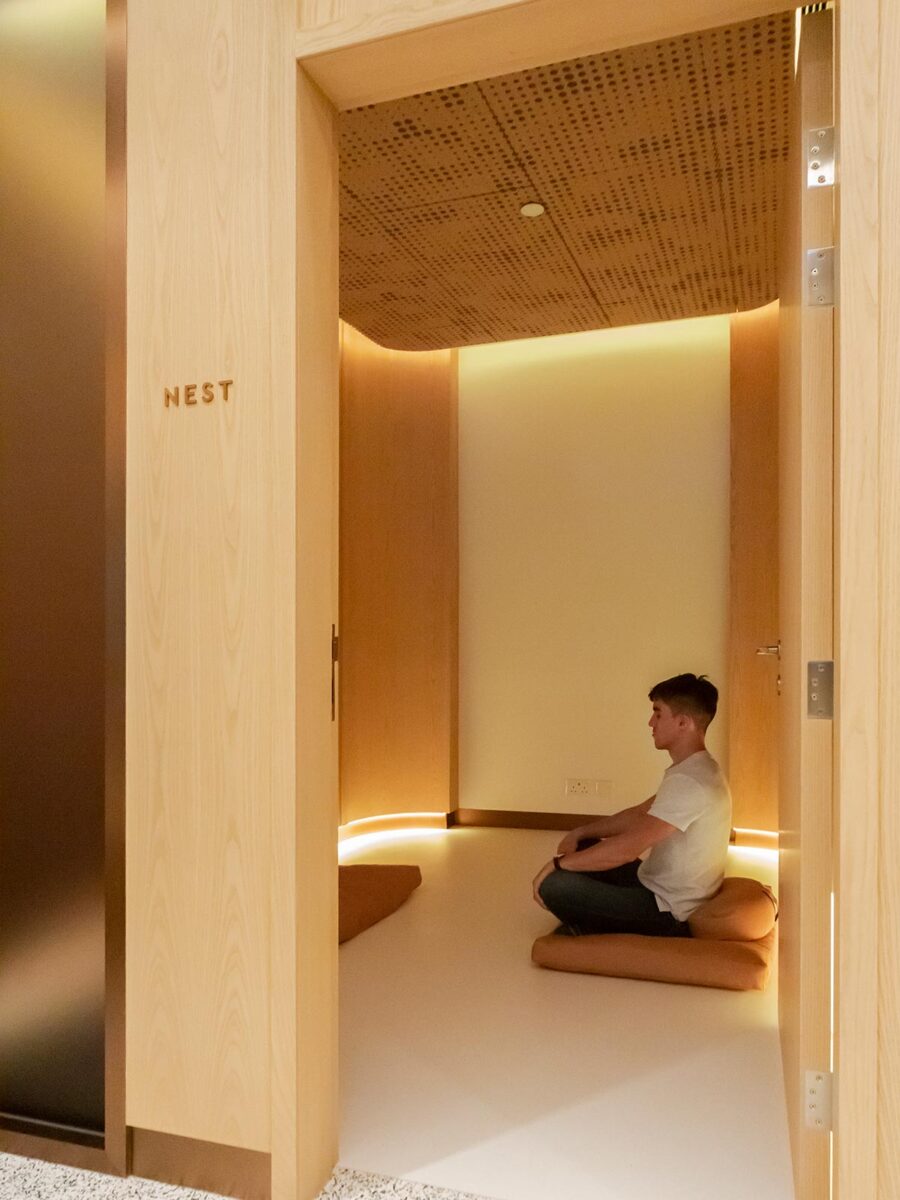 Meditation room for wellness at work
Meditation room for wellness at work As work styles rapidly change and new demands evolve, companies must rethink how to boost employee morale, support emotions and enable creativity. Creating emotion-driven workspaces means office design is no longer just about optimising physical layouts; it becomes a comprehensive strategy to enhance employee efficiency through positive emotional stimulation.
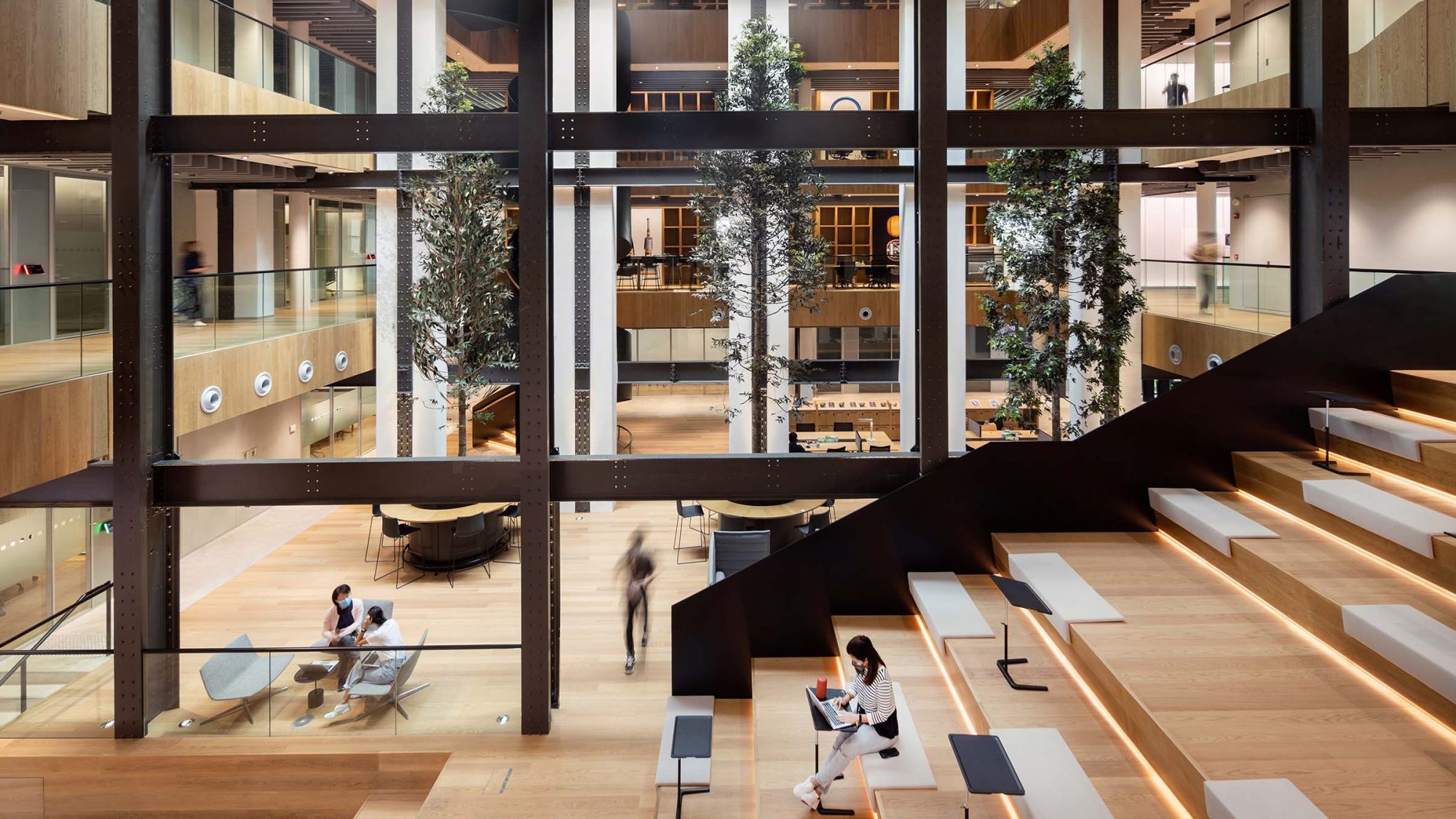 Dyson, Singapore
Dyson, Singapore By blending rationality with sensitivity, from positioning to analysis, we help organisations clearly define their functional needs before design.
Looking to enhance your company’s office environment? Chat to our workspace strategy experts.
Director, Workplace Strategy